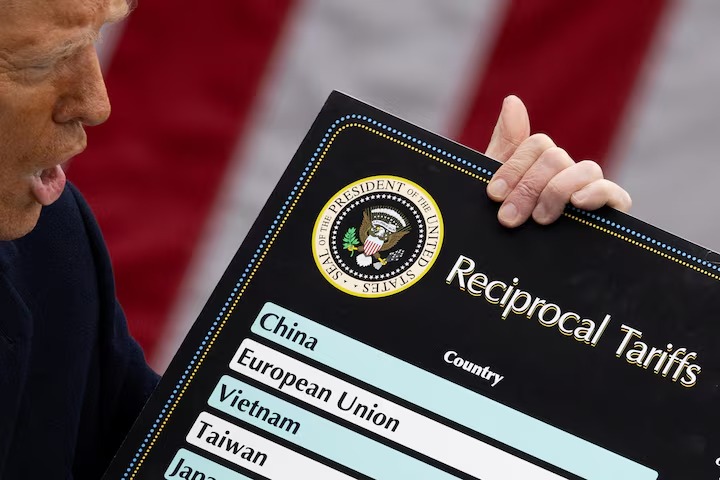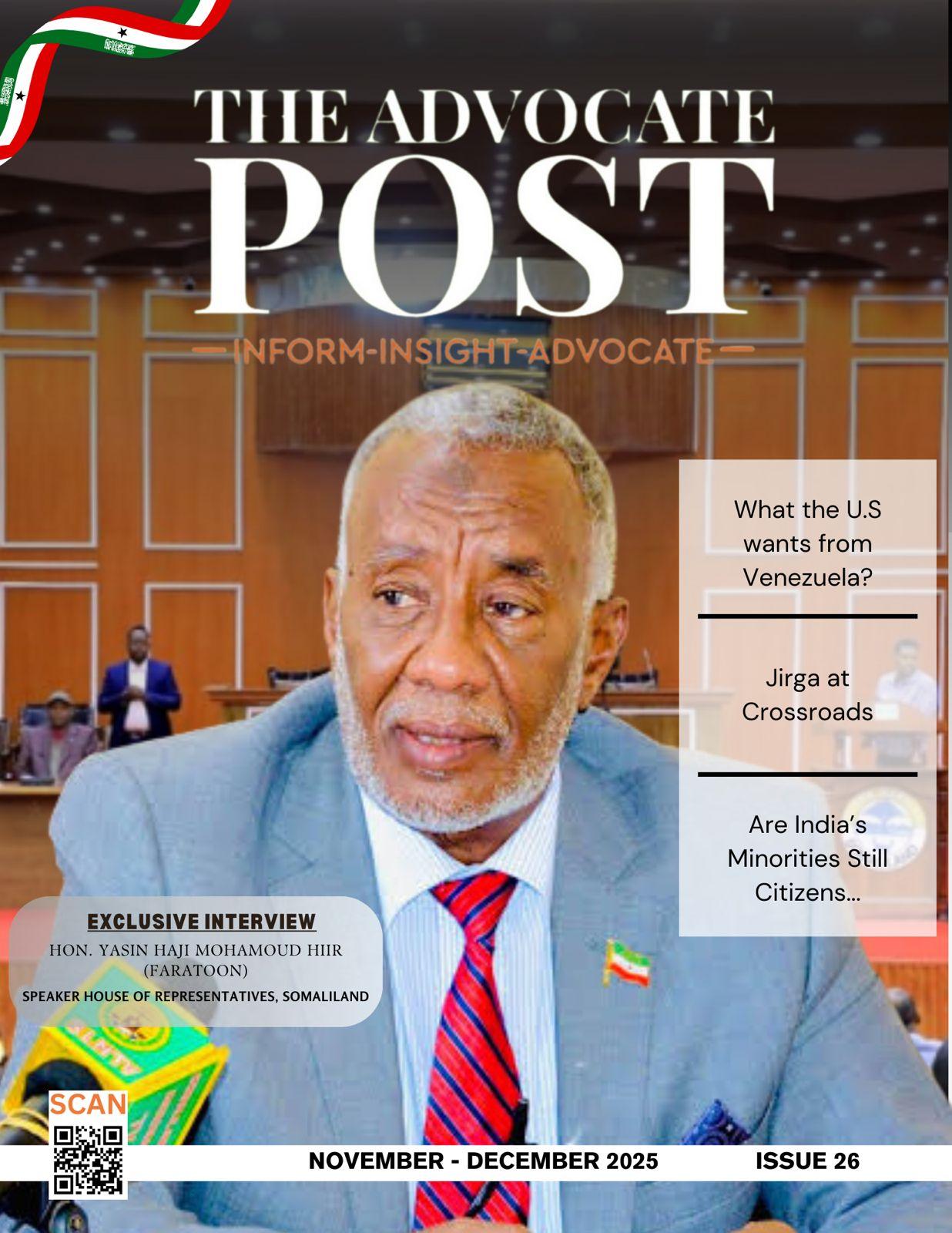Washington, D.C. – The U.S. Supreme Court will hear arguments on November 5 in a landmark case that could redefine presidential authority over international trade. At the heart of the dispute is whether President Donald Trump overstepped his legal powers by invoking emergency statutes to justify sweeping tariffs on foreign goods—measures that have significantly shaped his economic policy since returning to office in January.
The justices agreed earlier this month to take up the case, following an August 29 decision by the U.S. Court of Appeals for the Federal Circuit, which ruled that Trump had exceeded his authority under the International Emergency Economic Powers Act (IEEPA)—a 1977 law traditionally used to impose sanctions or freeze foreign assets in the face of national security threats.
Trump, however, used IEEPA in April to justify tariffs targeting specific countries with large trade surpluses with the United States, as well as to pressure China, Canada, and Mexico in an effort to combat the flow of fentanyl and other illicit drugs into the country.
The Supreme Court’s decision to hear the case sets the stage for one of the most consequential legal battles of the current term, with significant implications for executive power, global trade, and the separation of powers.
Legal Pushback from States and Businesses
The legal challenge was brought by a coalition of 12 U.S. states, led mostly by Democratic administrations, including New York, Illinois, and Colorado, alongside a separate case filed by Learning Resources, a family-owned educational toy company. Both plaintiffs argue that Trump’s use of IEEPA is a fundamental misapplication of the law.
“The law was never intended to be used as a trade weapon,”
said one attorney representing the states.
“It’s a national security tool, not a tariff loophole.”
The plaintiffs contend that Trump failed to identify a true “unusual and extraordinary threat” that would justify emergency economic powers. They argue that long-standing trade deficits do not constitute a national emergency and that such decisions belong to Congress.
Tariffs as a Foreign Policy Lever
President Trump has repeatedly defended his use of tariffs as a necessary tool to reset what he calls “unfair trade relationships” and to restore American manufacturing. His administration has argued that persistent trade imbalances and the rise in drug trafficking constitute modern threats that justify emergency economic action.
“These tariffs are about protecting American jobs, holding foreign countries accountable, and keeping our streets safer,” Trump said during a Rose Garden speech in April.
While the tariffs have drawn political criticism at home and abroad, they have remained in place throughout the appeals process, continuing to influence global supply chains and roil financial markets.
A Defining Test for the Supreme Court
The case will be one of the most closely watched in the Court’s new term, which begins October 6. Legal scholars say it could serve as a defining moment in setting boundaries on presidential emergency powers—a topic of growing concern across both major parties.
“This case is not just about tariffs,” said constitutional law expert Dr. Amanda Reyes of Georgetown University. “It’s about how far a president can go in using emergency declarations to sidestep Congress and unilaterally shape economic policy.”
If the Court rules against Trump, it could roll back not only the current tariffs but also set precedent limiting future uses of IEEPA or similar emergency statutes in economic matters.
The outcome could also have major political consequences, as Trump continues to make aggressive use of executive tools ahead of the 2026 midterm elections.





